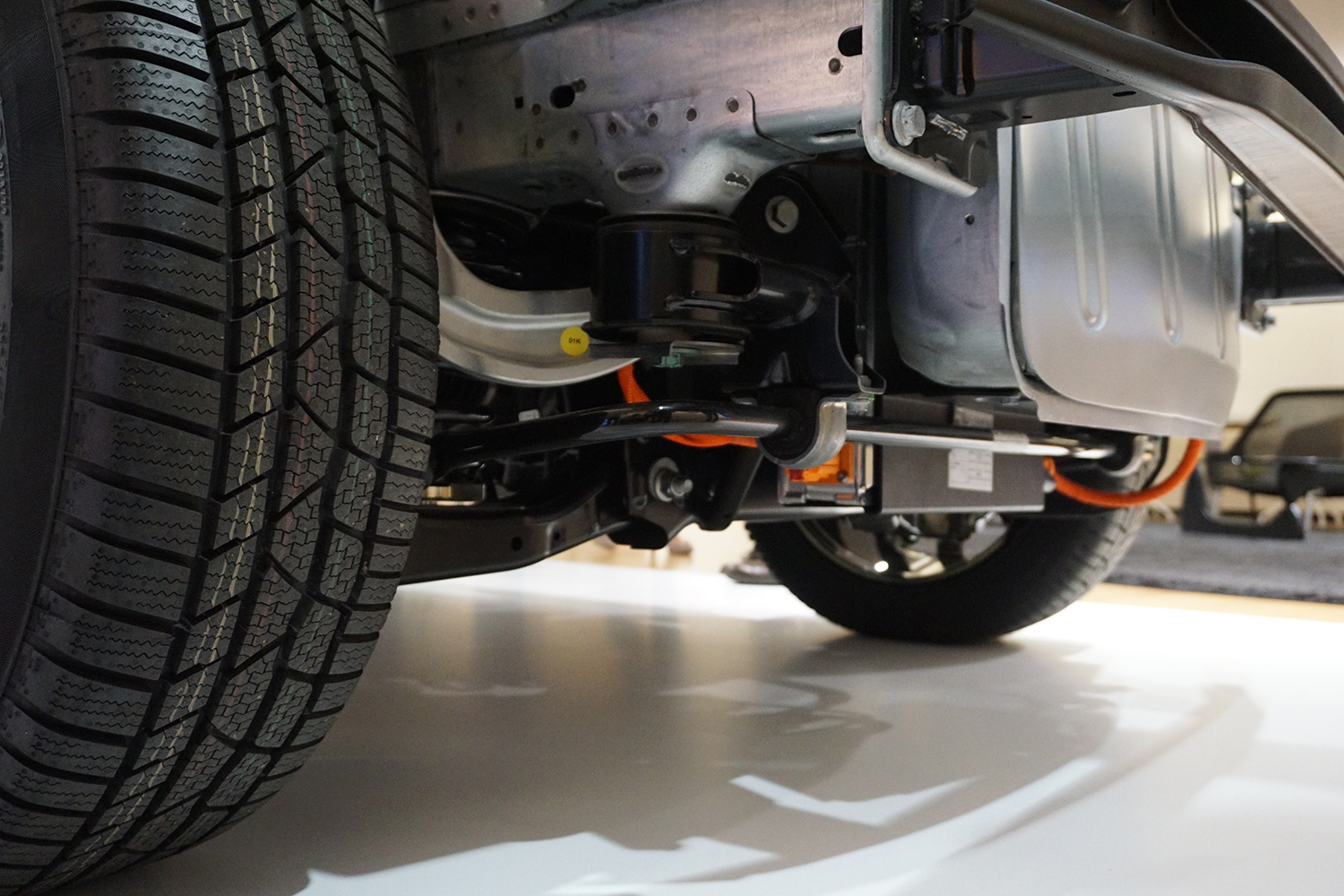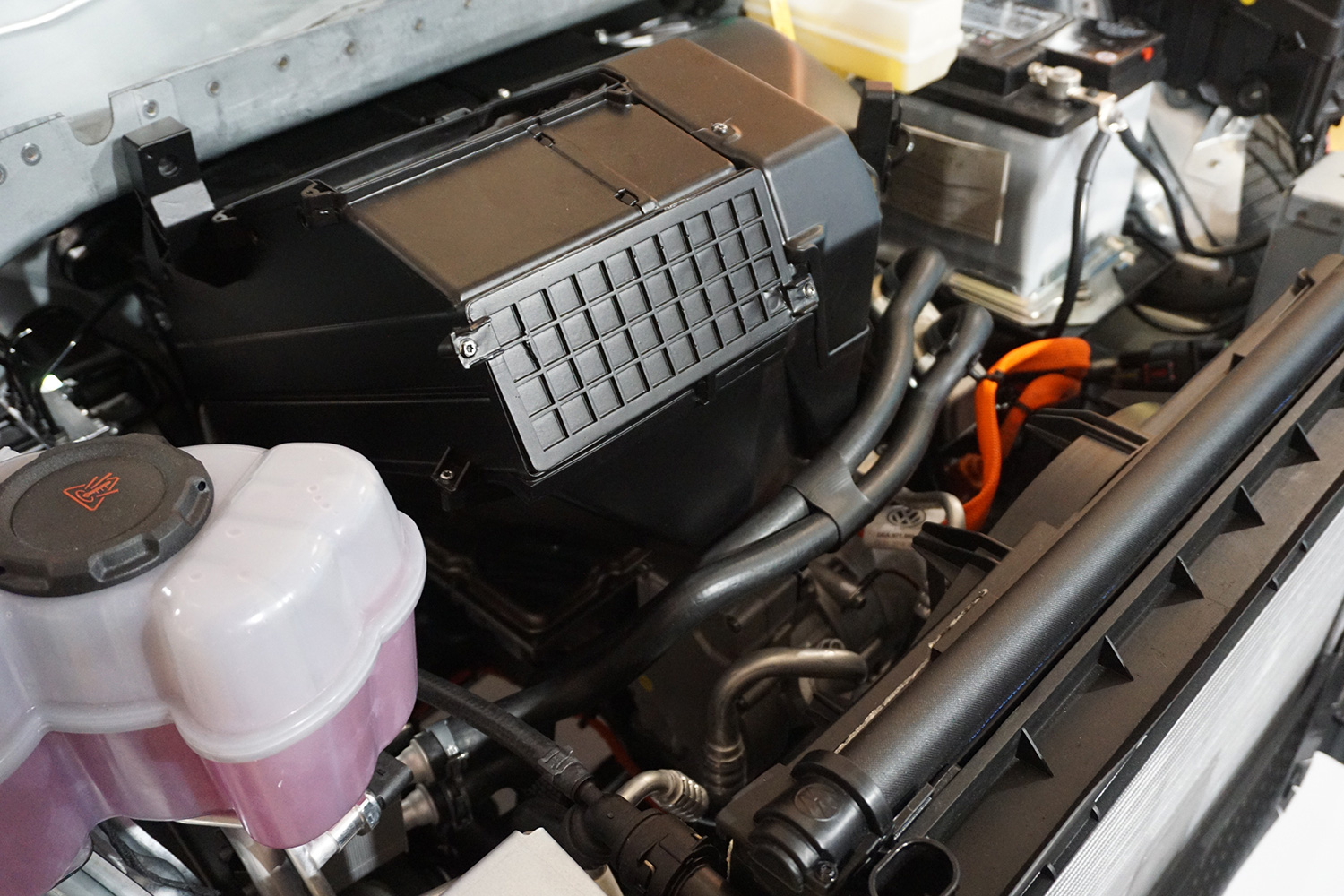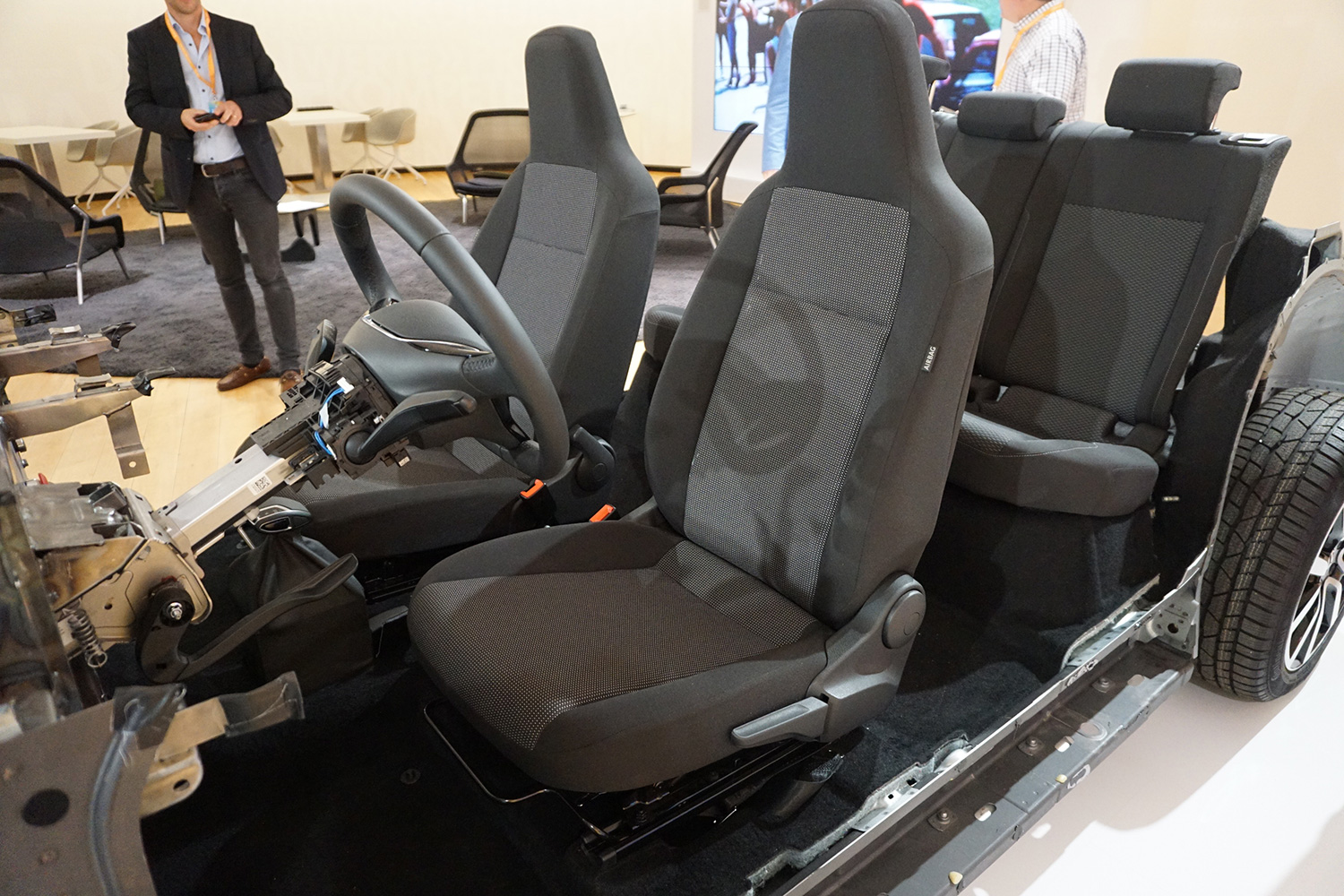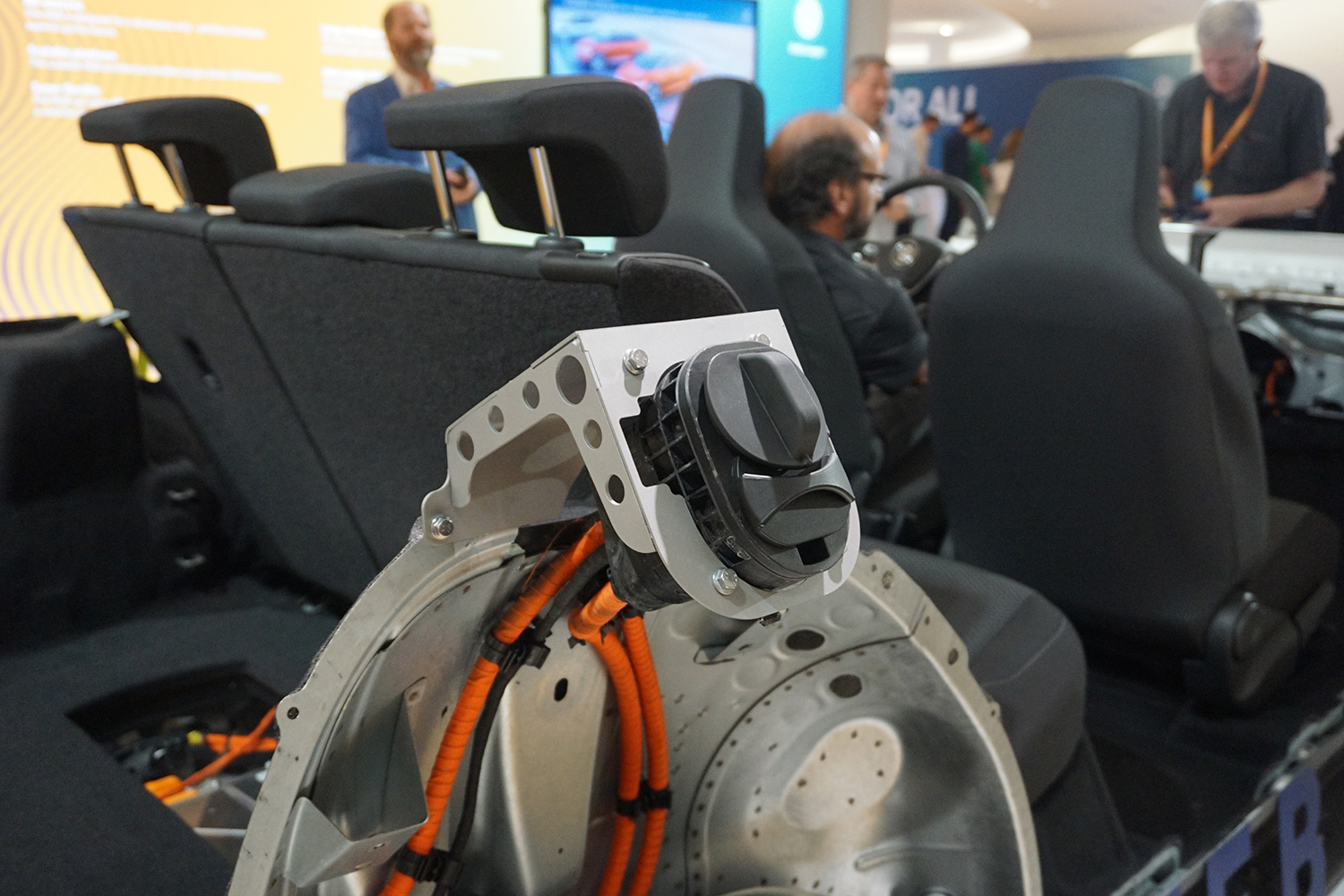
Volkswagen is betting its company on electric vehicles in the next decade. In the wake of legal troubles with diesel engines, the company’s new management has decided to go all-in with green cars, SUVs, and vans. VW’s new EV architecture is called MEB, for Modular Electric Toolkit. It makes more sense in German as Modularer Elektrobaukasten. The new vehicle platform is scalable, flexible, and usable only for EVs.
“As early as 2020 we intend to sell 150,000 e-cars, of which 100,000 will be the ID and ID SUV,” stated VW brand board member Thomas Ulbrich. “Speeding up the shift to e-mobility will help us to meet the extraordinarily ambitious CO2 targets that have been set in Europe, China, and the USA.”
VW recently invited Digital Trends to tour it Transparent Factory in Dresden, Germany for a deep dive into the MEB architecture, the new battery pack that will power MEB vehicles, and its plans for affordable charging.
What’s Different About MEB?
MEB is an entirely new vehicle chassis platform, developed from first principles and optimized to be exclusively an EV architecture. The central fact about MEB is that it’s based on a thick, flat foundation with the wheels moved almost out to the four corners of the vehicle.
The MEB’s slab design allows the batteries to be placed underneath the passenger compartment in the center of the vehicle. Placing the heavy batteries in the floor keeps the center of gravity low and in the middle of the vehicle. Moving the wheels to the corners helps with overall stability and handling.
VW can place the electric drive motors in the front, in the rear, or at both ends of the vehicle for AWD.
Perhaps the best thing about the MEB is that VW can place the electric drive motors in the front, in the rear, or at both ends of the vehicle for AWD. VW’s engineers told Digital Trends that the primary configuration is expected to be rear-wheel-drive, with all-wheel-drive available as an option. That’s good news for performance driving enthusiasts.
Another advantage of the MEB platform is its adaptability. Because all MEB vehicles will be based on a flat platform with nothing but batteries in the middle, VW can scale the overall size up or down easily, and mount any kind of bodywork on the platform. This allows the company to produce anything from a sports car to a cargo van. Vehicle interior configuration is also adaptable, with a flat floor to build on. VW engineers emphasized that this design also looks forward to increased autonomous capability, when a driver-oriented layout may not be required.
Advanced Battery Tech
Key to the MEB platform transition for VW is the scalable battery pack. With the entire floor area of the vehicle available for battery,VW says the MEB platform will have a base range of about 175 to 300 miles of range, though the battery engineers emphasized that the MEB platform could achieve ranges up to 350 miles. VW used much of the same technology to conquer the Pikes Peak Hill Climb with an EV race car earlier this year.
The batteries planned for the MEB are to be made in VW’s plant in Braunschweig, Germany, to keep the supply chain under the company’s control. The battery cells can be made as prismatic (in a rectangular case) or in a pouch format. Either design may be used in the MEB battery pack, which is an aluminum case with plug ends at the perimeter. VW engineers stated that the range of any given ID vehicle could be selected by simply placing more or fewer battery cells into the battery pack, offering consumers an easy choice of ranges.
VW’s engineers told Digital Trends that current technology yields about 650 Watt-hours per liter in a lithium-ion battery, but that by 2030 they expect to achieve 1000 Wh/l from a solid-state battery. That will enable greater ranges as Volkswagen believes EVs will become mainstream.
The People’s Wallbox
One key factor in VW’s electrification plan is charging infrastructure. As EV sales grow, existing charging solutions will need to be expanded, and home charging stations will become commonplace. Towards that end, VW unveiled a home charging station it calls the People’s Wallbox. The wallbox connects to common household 240-volt circuits like any charger, but VW expects it to carry a price of around €300 or $350. VW’s basic wallbox will charge at 11kW, which will fully charge an ID vehicle in 5-8 hours. A 22kW Comfort Wallbox will also be available, capable of charging an ID vehicle in 3-4 hours.

VW estimates that 50% of charging will take place at the vehicle owner’s home, with 25% happening at public charging stations and 20% at workplaces. The final 5% of charging is likely to take place at specialized charging stations along major highways, according to VW’s predictions. The company is partnering with numerous third-party companies, including Ionity in Europe and Electrify America in the United States.
MEB Production Plans
Current production plans include a subcompact VW ID hatchback car for the European market in 2019, followed by the U.S. introduction of the ID Crozz compact crossover in 2020, and the retro-looking ID Buzz in 2022. The full size ID Vizzion sedan is also planned for 2022.
By 2020 VW’s facility in Zwickau will produce up to 330,000 MEB vehicles per year.
As one of the world’s largest automakers, VW will offer MEB-based vehicles under several of its brands, naming Audi, SEAT, and Skoda as likely companies to produce MEB models. VW stated plans to invest up to €34 billion in 16 different MEB production facilities in Europe, China, and the United States.
VW’s facility in Zwickau – which used to build the infamous Trabant – will be refitted for MEB production in 2019, and by 2020 it will produce up to 330,000 MEB-based vehicles per year. W will include up to 50 EVs and 30 PHEV options throughout its brand family by 2025. The company plans to launch 27 new electric and plug-in hybrid models worldwide by 2022.
When Can You Buy One?
VW plans to offer the ID Crozz SUV in the United States for the 2020 model year with the ID Buzz following in 2022. Digital Trends asked for pricing information relative to current VW options, and board member Ulbrich responded that the company expects ID vehicles will be sold at about the same price premium that diesel vehicles have commanded above comparable gasoline-fueled cars and SUVs. Based on VW’s price differences in 2015 (the last year for U.S. diesel sales), motorists should expect to pay a premium of anywhere between $2,000 to $5,000 for an ID electric vehicle. Having sold comparatively few EVs up to now, VW’s ID line will be eligible for the $7,500 federal tax credit and state-based tax credits as they are currently implemented.
VW’s consistent message was that it views the MEB platform and EV production generally as the future of its brand family, and its vision is that MEB-based EVs will become mainstream volume sellers in the next 10 years. “The MEB is one of the most important projects in the history of Volkswagen,” Ulbrich said. “A technological milestone similar to the transition from the Beetle to the Golf.”








